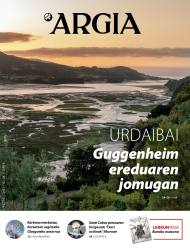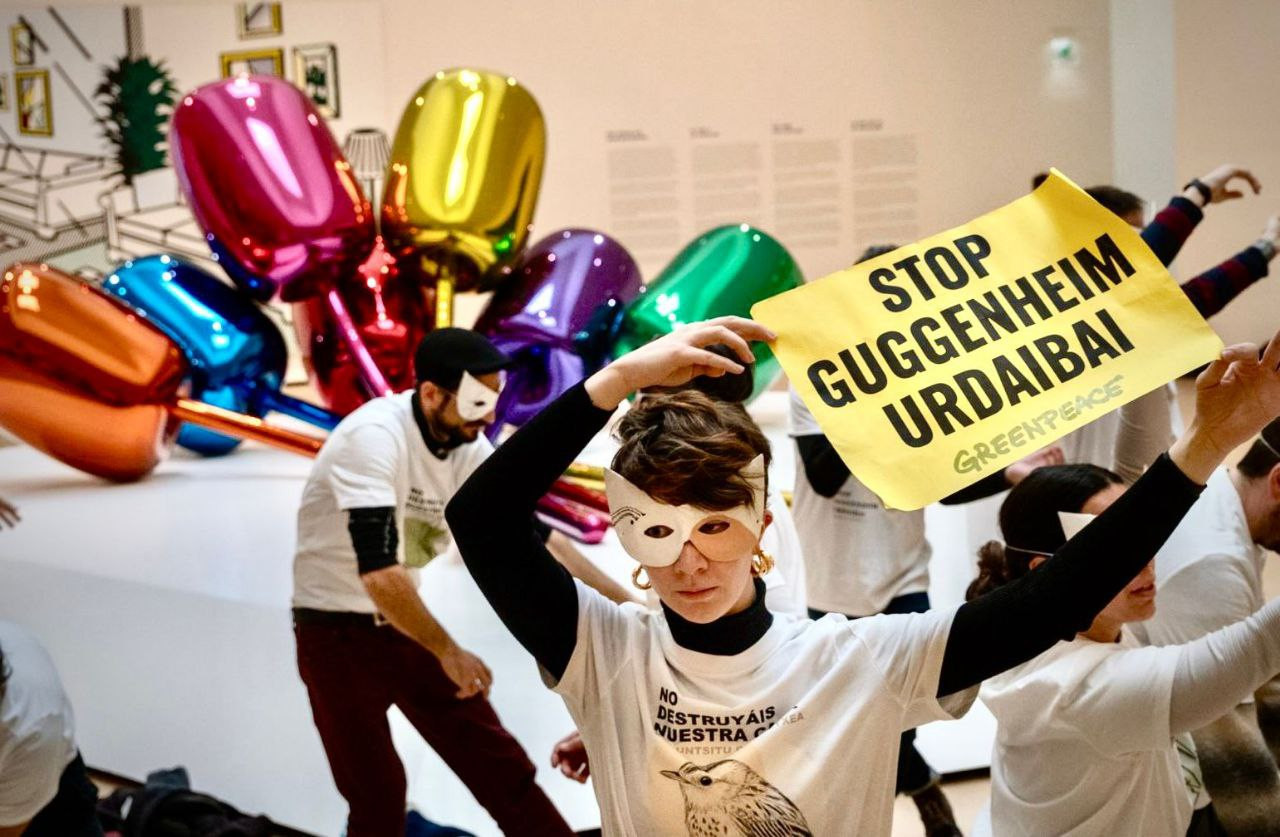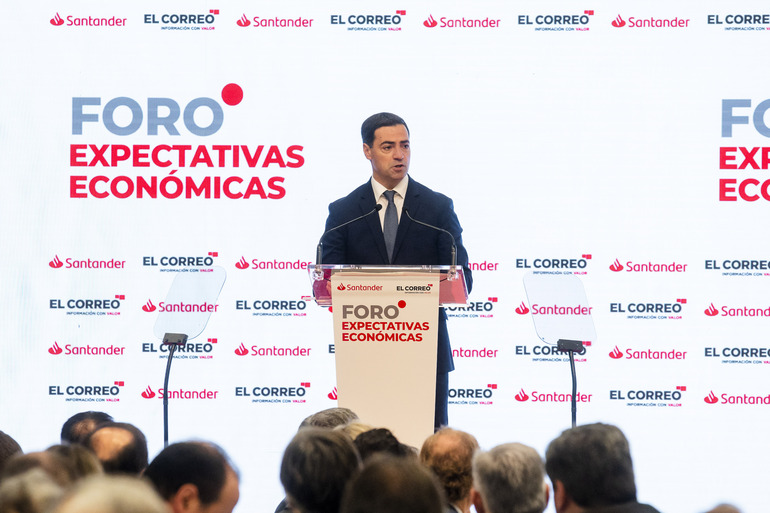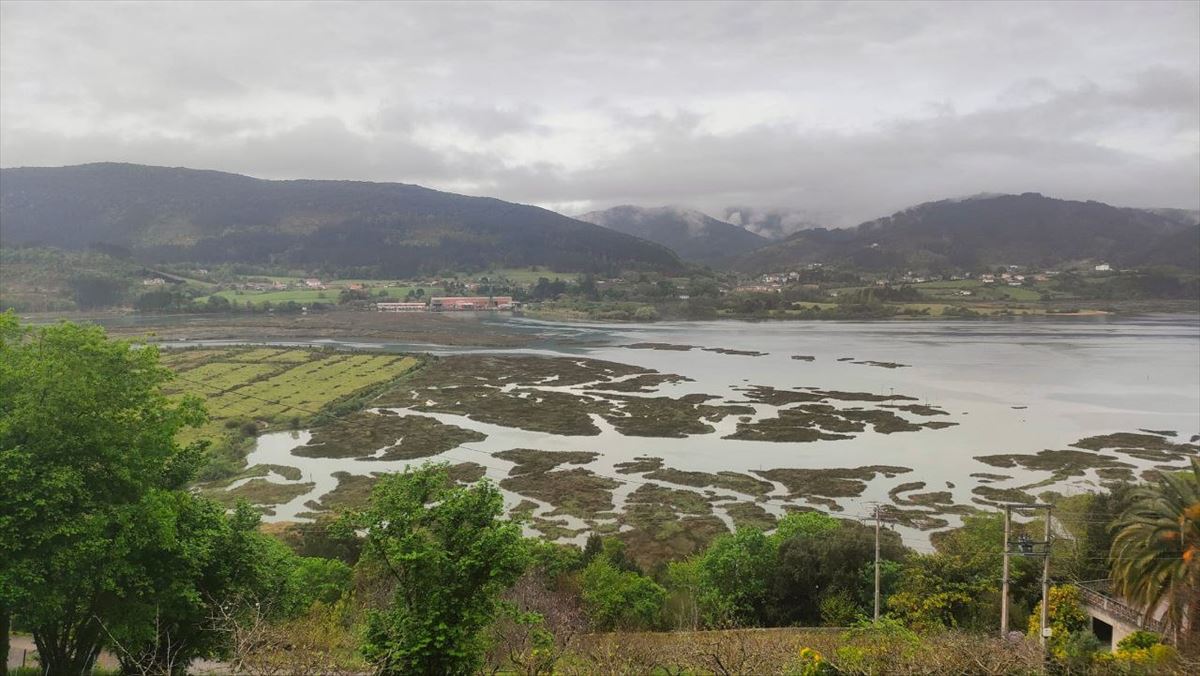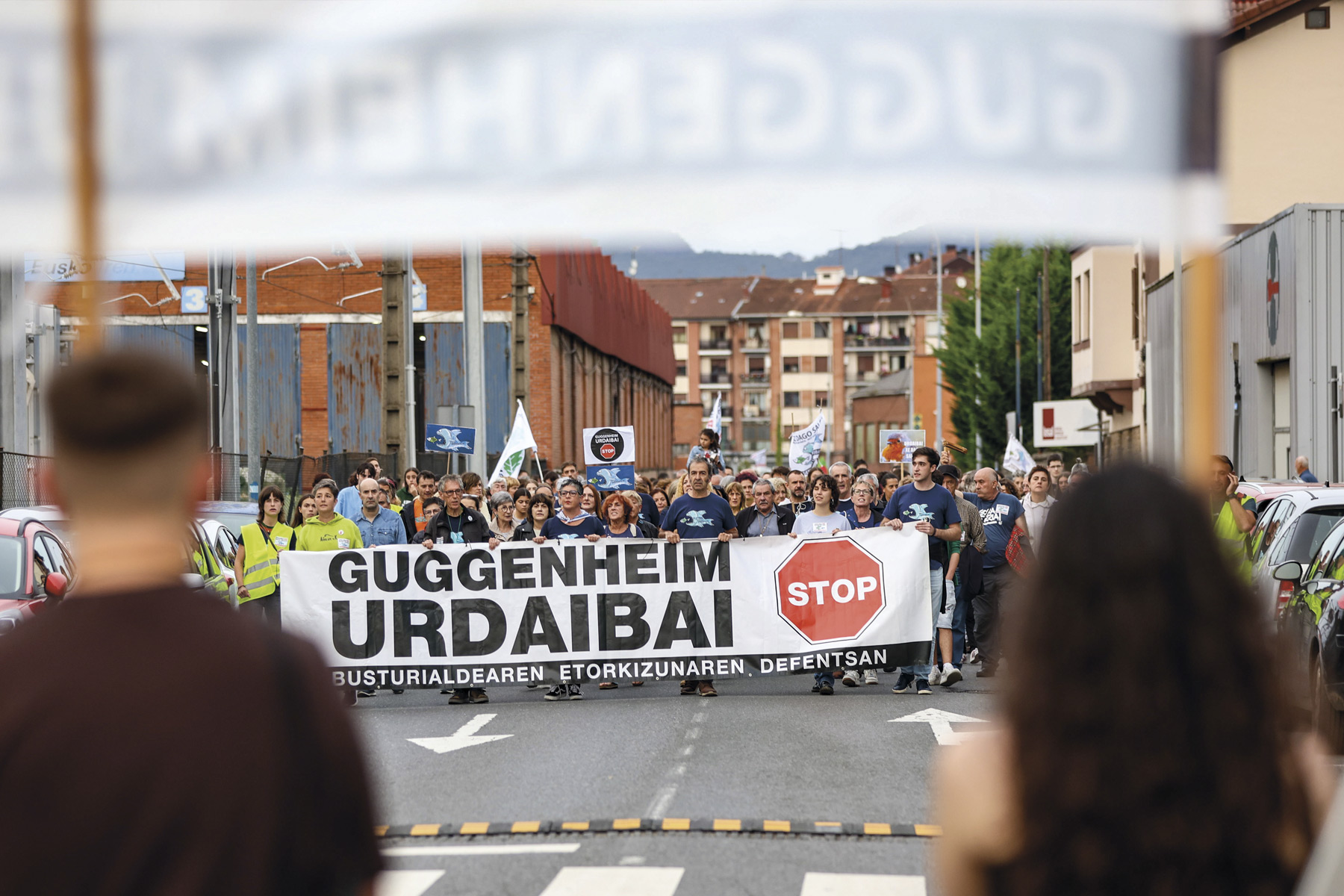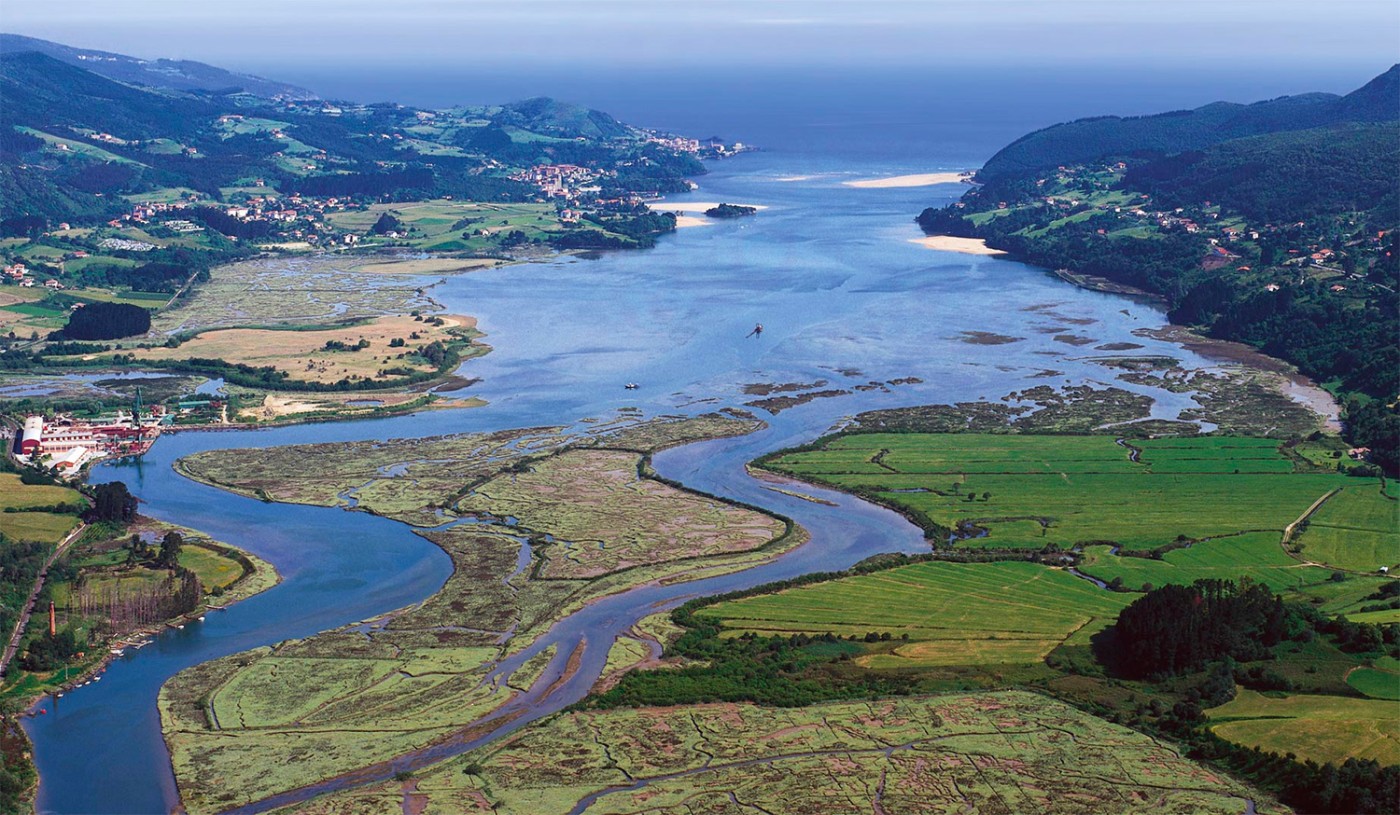Infrastructure to infrastructure, cement culture
- In 1997, the Guggenheim Foundation arrived in Bilbao through an iconic museum that has flowed a estuary filled with ink. About a decade later, in 2008, a few kilometres from the Biscay capital, a new museum was announced, specifically on the banks of the Gernika Estuary. The project did not move forward, but it has never been completely dismissed, and recently the leaders of the Guggenheim have taken it out of the drawer, distorted and linked to European Next Generation funds. This year the details of the renewed project have been known, followed by some criticisms, many doubts and a fundamental question: Do you need it?
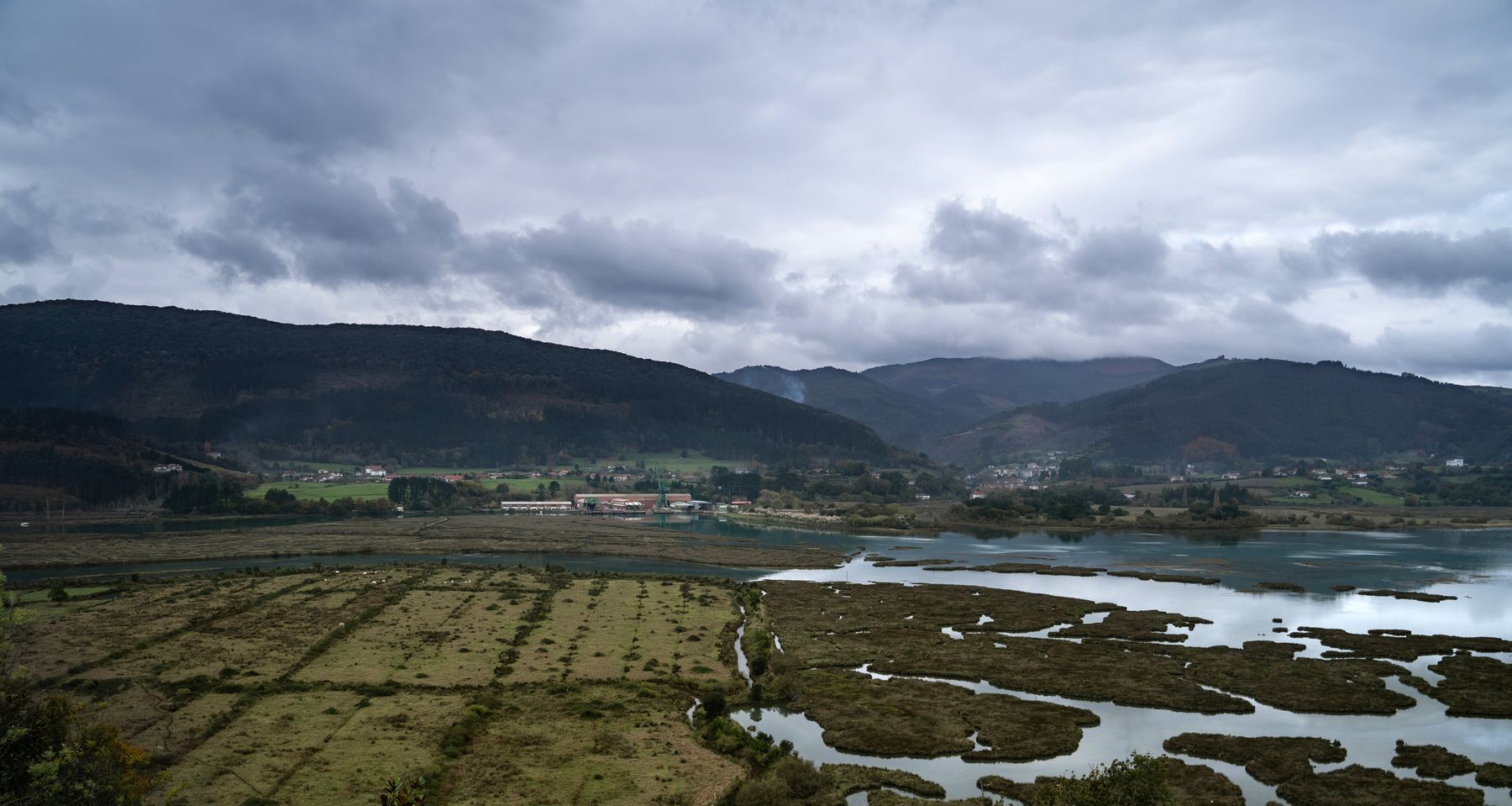
Solomon R. The Guggenheim Foundation was born in 1937 with the objective of promoting modern art. As you can read on its website, it currently has three museums, one in New York, Venice and Bilbao, and the project to expand the fourth edition of Abu Dhabin is underway. There have been other Guggenheim, also other projects, but they are closed or suspended.
The website says nothing about the construction of a new museum in the surroundings of Urdaibai, and the answer of the managers of the Guggenheim museum in Bilbao to the questions of ARGIA is similar: “We have not yet announced anything to the media and we have nothing to say about it.” However, the main features of this project are well known. Juan Ignacio Vidado, Director General of the Guggenheim Museum Bilbao, presented the project to the members of his board in June, and most of the media released it. Likewise, the “discontinuous expansion” of the Guggenheim, which some use this euphemism, has been the subject of debate during these months at the General Meetings of Bizkaia, after the opportunity of the representatives of their political groups to learn about the project from the mouth of Juan Ignacio Vidé.
%2001.jpg)
%2006.jpg)
The Member considers
that if a strategic project is carried out, the Guggenheim de Urdaibai will not have a single seat, but two, five kilometres away: Murueta shipyard in the left plain of the estuary and abandoned factory of the company Dalia in Gernika. Therefore, there are no new buildings. The visit is complemented by the green route between the two spaces. The promoters provide for a period of five years and an annual influx of 140,000 visitors.
The Guggenheim Foundation has announced a budget of EUR 127 million for the construction of the new double museum. Of these, 81 are expected to be obtained from European Next Generation funds, and the project is already included in the list submitted by the Basque Government to the European Union for these funds. In any case, Bizkaia Deputy General Unai Rementeria has pointed out that the project “yes or yes” must go ahead, with or without money from Europe, in the short or long term, “because it is good for our territory”.
Another “container”, “Does our cultural area
not have the most urgent needs?” asked Haizea Barcenilla, professor at the UPV School of Fine Arts, in an opinion article published in Berria on June 23. The header, which cannot be more significant: “There is no public money to the Guggenheim of Urdaibai.” “Have we not seen the closure – Barcenilla said – that our absolutely vulnerable creators have been left with nothing, because there is no tax system that would normalise their work? It would be far more logical for European funds to be used to guide a comprehensive analysis of this system and a basic reorganisation.”
Barcenilla's colleague, Ismael Manterola, shares this view: “I would say that it is not a very good time to spend the cultural budgets on this type of large cultural infrastructure, we have enough in this small town.” In fact, Manterola recalls the time of the inauguration of the Guggenheim in Bilbao: “It opened in 1997, and since then, Artium, Tabakalera… We are well equipped with containers. I think another would be excessive.”
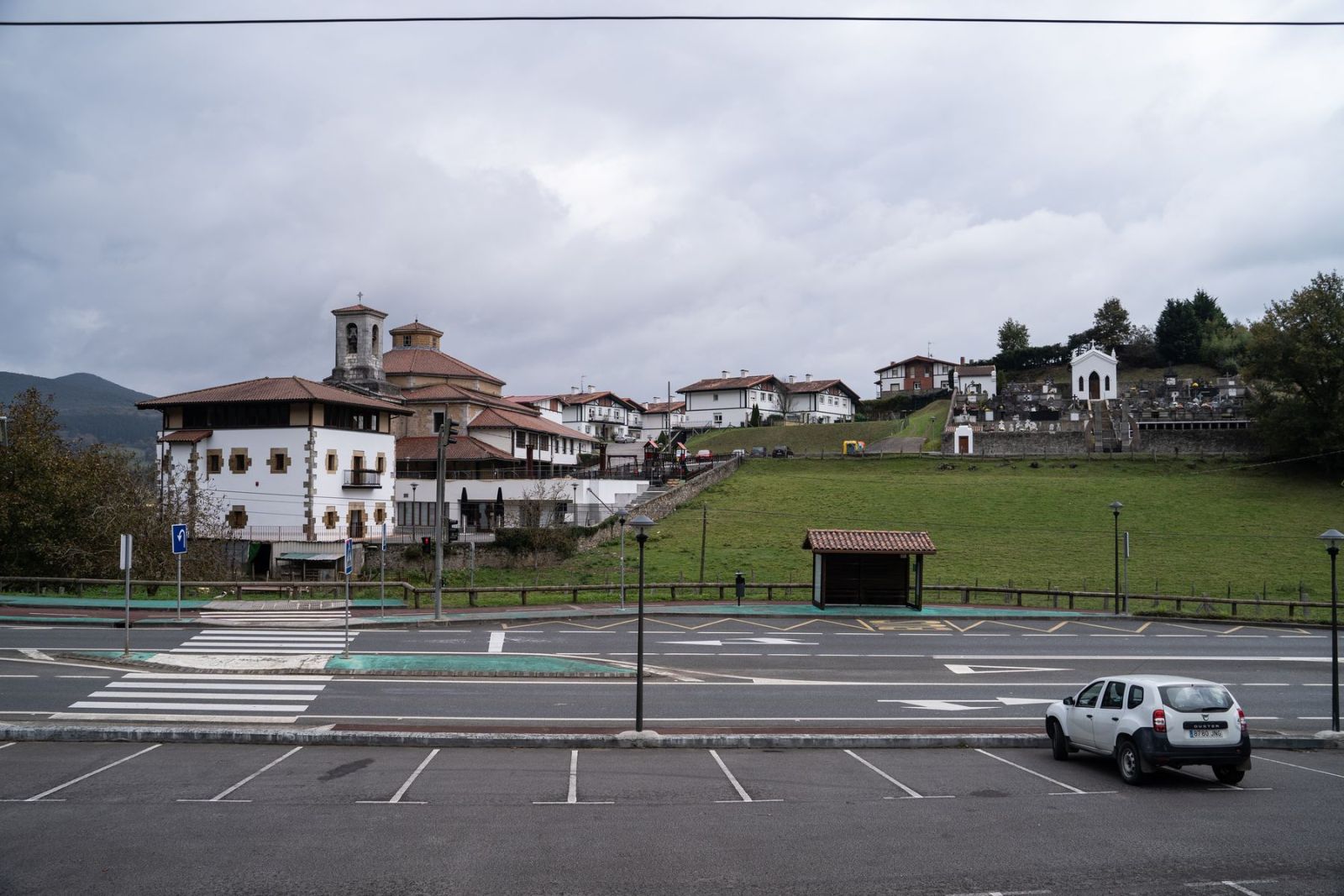
Rather than containers, the professor of fine arts says it is time to attend to the contents. “Programming, collections… Priority must be given to solving the current imbalance, because politicians forget that the containers must be filled and that this also needs budget.” Not as big as infrastructure maintenance, according to Manterola: “It is estimated that 70% is spent on infrastructure maintenance and only 30% on content.”
According to the aforementioned opinion article by Haizea Barcenilla, “the Artium museum, for example, needed 151,657 euros in 2019, only for supply costs, i.e. to open the door and turn the light on”. It considers that large infrastructures are totally dependent on cultural budgets, as they are a fixed and inevitable expenditure. “Who would keep the Guggenheim of Urdaibai?”
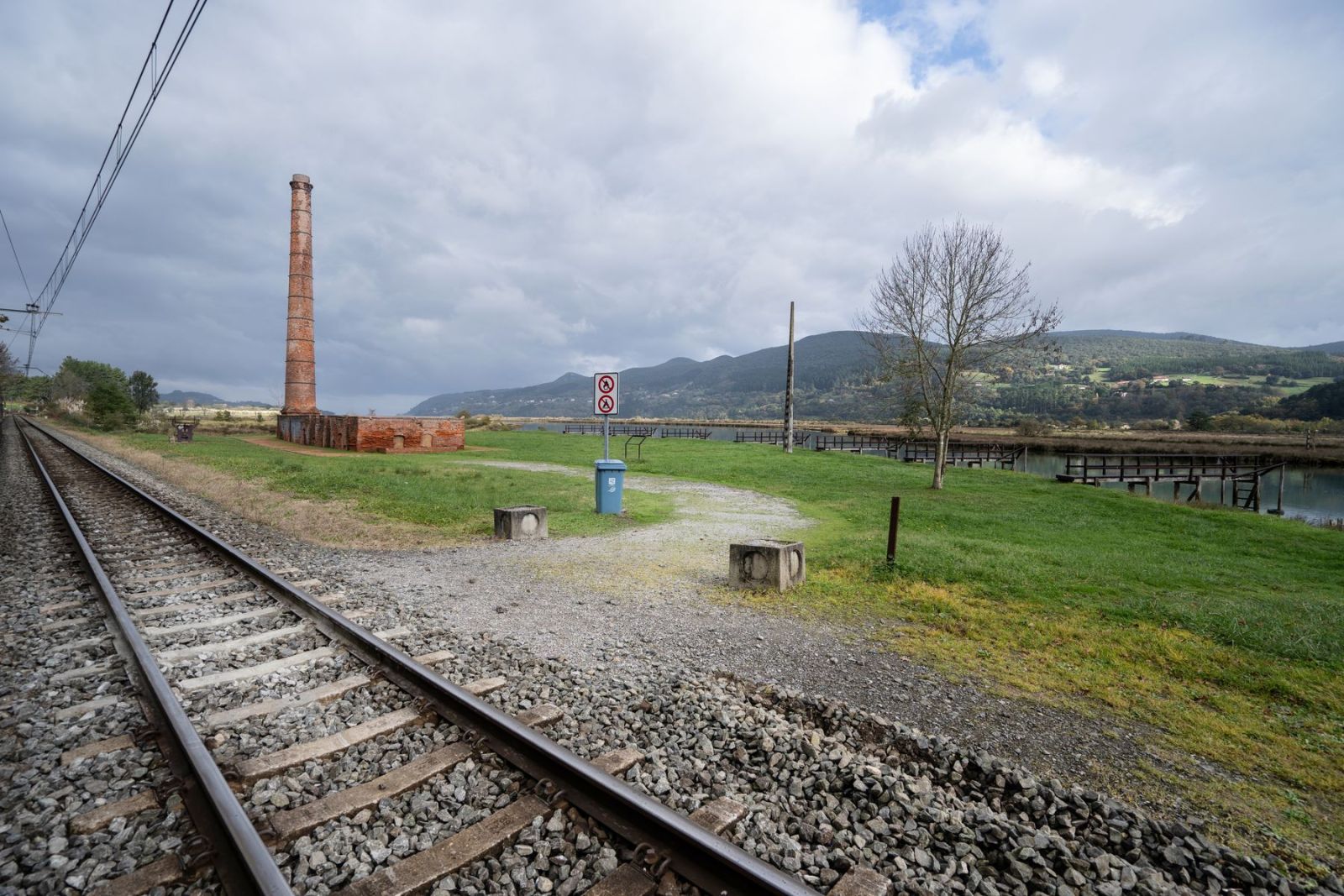

Culture or tourism?
“We are in favour of this project, because it is round. It supports culture, especially young creators, under the auspices of a benchmark in the art world,” said Deputy General Unai Rementeria in his speech at the Bizkaia General Meetings on 30 June. Ismael Manterola does not match the words of Rementeria: “The Guggenheim project has many gaps that will not be filled through another Guggenheim. The franchise has no communication with the local network, the exhibitions are not created, but imported from outside… Do we have to double all this?”
According to Haizea Barcenilla, “for years, when presenting the main infrastructures and strategic projects, one has not thought of the Basque recipients, the lovers of local culture, or the cultural transmission. You think about hooks for tourists.” The Provincial Council of Bizkaia, not to mention “tourism”, defends the Guggenheim project of Urdaibai, among other things because it will help to strengthen the economic activity of Busturialdea, but the opposition groups are sceptical.
“We find it naive to think that the Guggenheim de Urdaibai will have as much influence as the Bilbao one,” says Héctor Fernández, Elkarrekin’s juntero Podemos, “and, on the other hand, we do not believe that from the economic point of view the Bilbao one has brought so much wealth, the fame is indeed undeniable.”
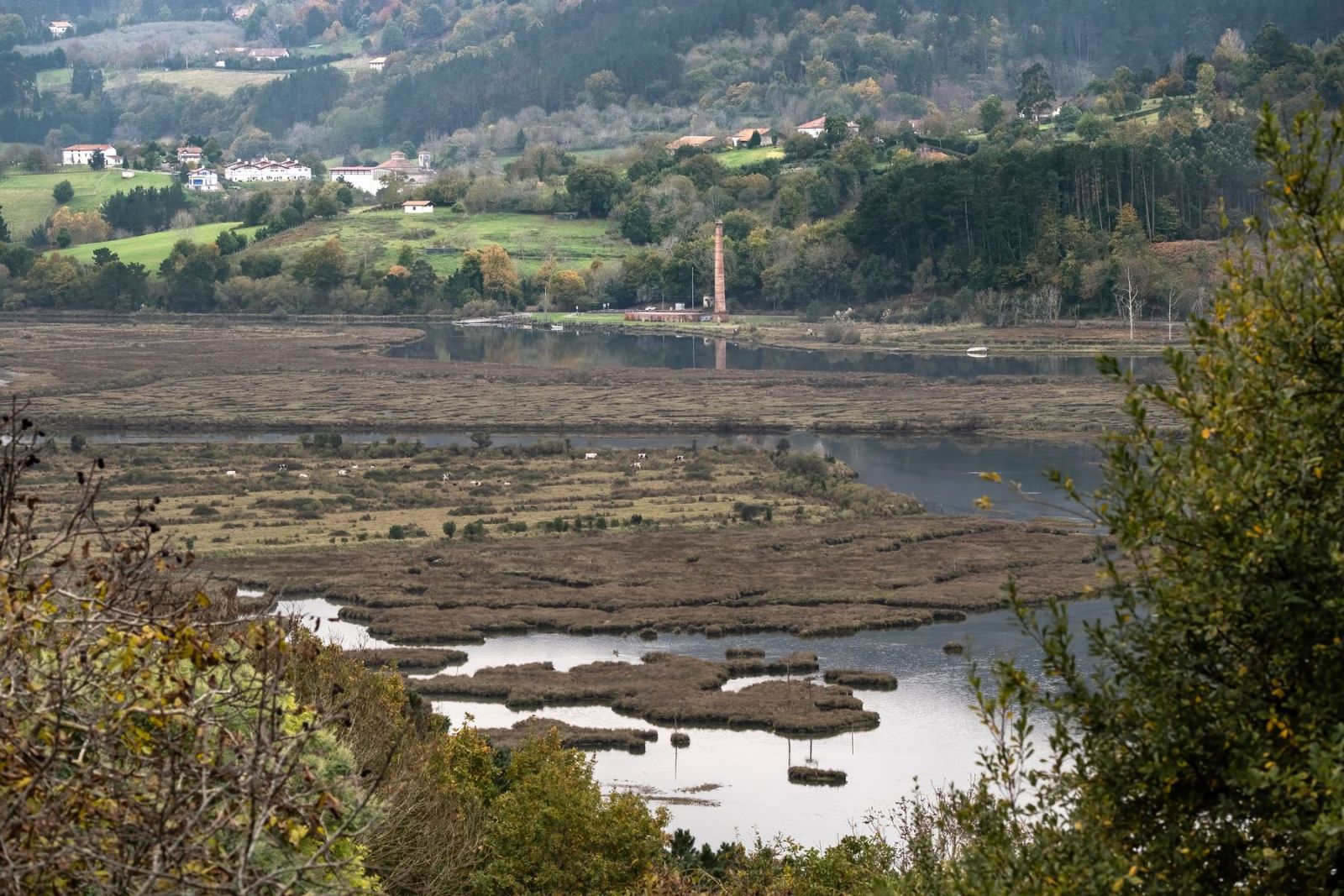
Control by:
“I wish we had another kind of project,” Fernández claimed, “more open, more dispersed, smaller... that could be channelled with European money for the promotion of culture in Bizkaia if that money is reached.” In fact, the Podemos member, in line with Haizea Barcenilla and Ismael Manterola, believes that the Next Generation fund bellows will be delivered to those who least need it. “The Guggenheim will hardly be the solution to the problems of the region of Busturialdea. And that money will not go to the field of culture, but to tourism.”
Héctor Fernández believes that the project will be carried out. “The decision-makers have already decided, and at least it will move forward, but we want the control of the new museum, to the fullest extent possible, to be public, because in practice we know what the public-private partnerships that are so exalted mean: to leave the country in the hands of companies.” In this regard, Elkarrekin Podemos presented a motion at the General Boards of Bizkaia last July, requesting three things: Integration within the Guggenheim BizkaiKOA Public Society of Urdaibai, with the exclusive responsibility of the UPV/EHU in the academic management of the project and facilitate the participation of all the municipalities of Busturialdea in the decisions on it.
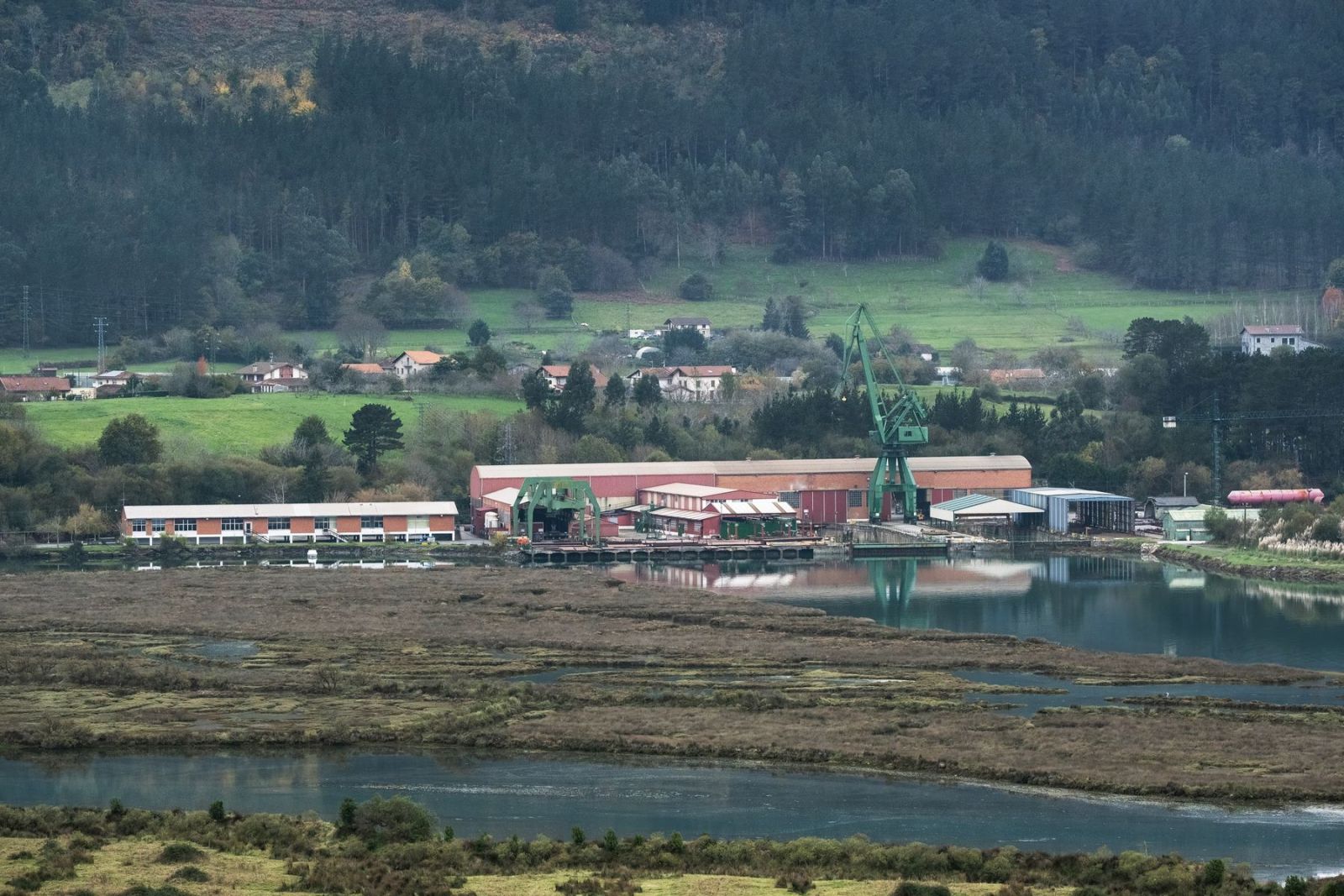
All the other political forces voted against the motion, for various reasons, and in some cases, despite agreeing to some point. In particular, the PNV says that public control and the participation of municipalities are guaranteed by themselves; on the one hand, because interventions in buildings that want to locate the two sites of the museum will depend on the authorizations of the authorities of Murueta and Gernika. By the way, the two municipalities, in the hands of the nationalists, have already spoken in favour of the project.
On the other hand, as far as the road between the two areas is concerned, both the PNV and the Provincial Council of Bizkaia recall that everything that is to be done there must be the approval of the board managing the Reserve of the Biosphere of Urdaibai and that the municipalities of the region are represented in that entity. For the time being, the employer is mute, waiting for the Guggenheim to put a concrete project on the table.
What about environmental protection?
The political opposition in Bizkaia wants more. According to Héctor Fernández, his political group intends to call for a binding referendum on the project in the region. For its part, EH Bildu has demanded mechanisms for the participation not only of the municipalities, but also of all the social agents of Busturialdea. “Who has decided that two or three Guggenheim are needed and that they have to do “yes or yes”?” asked Iratxe Arriola, a member of this group, in the debate held in July, “it seems that the decision has been taken many miles from Urdaibai-Busturialdea, without taking into account the development model that needs to be promoted in a Biosphere Reserve.”
“At least a real debate in the region should be encouraged to know what kind of development we want,” Arriola added. EH representative Bildu complained that in recent decades the management of the Urdaibai Biosphere Reserve has not followed its principles. “And now they come with the Guggenheim,” he reproached the parties that support the Diputación “to talk about mass tourism.”
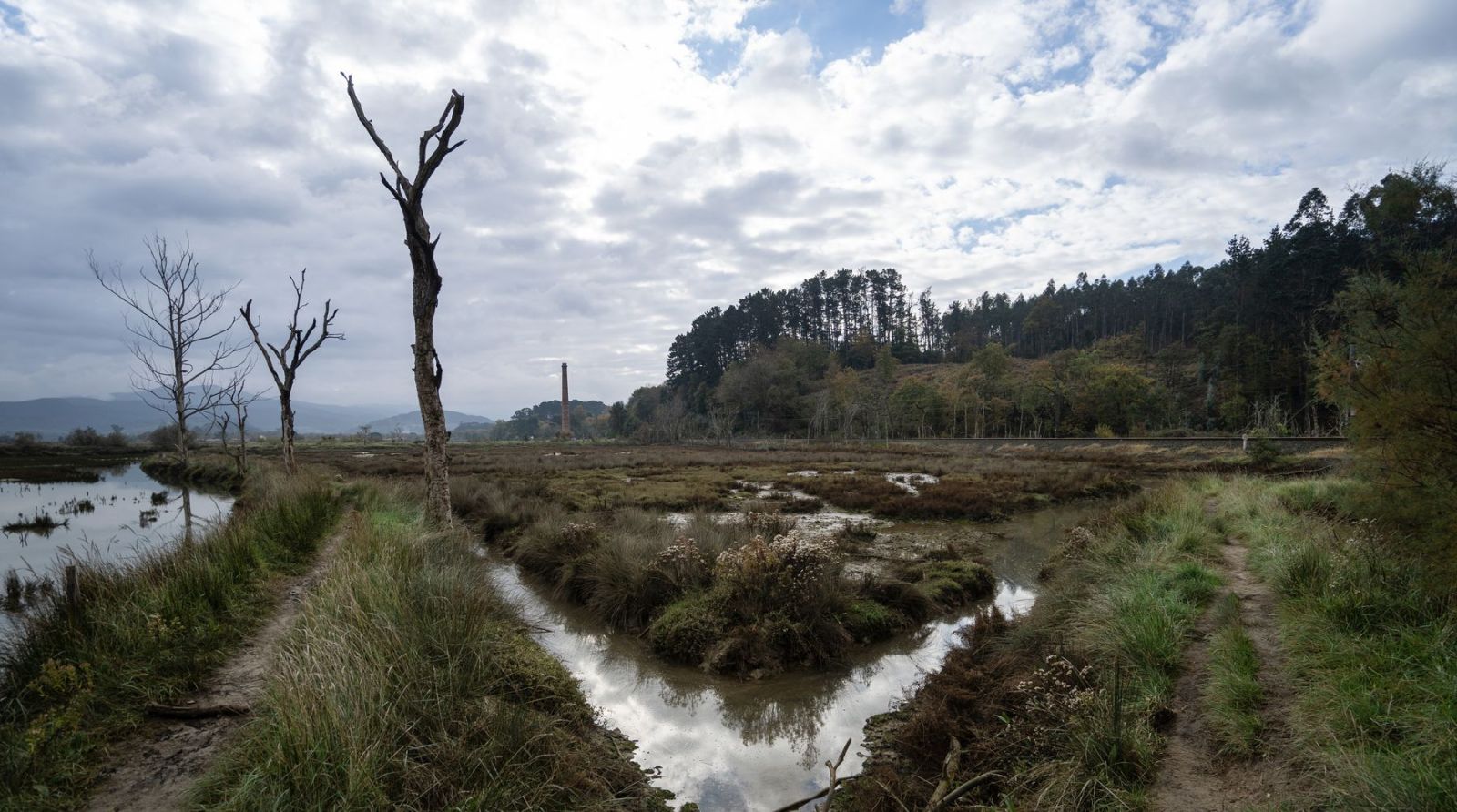
The Member has argued that the Guggenheim de Urdaibai will not harm the environment. Moreover, the project will increase the level of protection of the Biosphere Reserve, said Unai Rementeria at the June session of the General Boards. “How? Among other things, removing from it the industrial activities currently taking place in the heart of the Reserve,” said the Deputy General, “turning the shipyard of Murueta into an iconic building, recovering the ruins of Dalia…”. As far as the shipyard is concerned, the Provincial Council of Bizkaia says that its cessation will not have any economic effect, since the company has transferred almost all its production to the headquarters of Erandio.
Although the details of the project have not been made known, it is already announced that visitors will have to travel between the different locations of the museum on foot, by bicycle or by electric vehicle, limiting their number and being able to open their doors only at certain times of the year, at least at the headquarters of Murueta. That is, on the edge of the Gernika estuary. Unai Rementeria also stressed that the Guggenheim Urdaibai will be environmentally friendly. For others, the accounts are not so clear. In addition to the potential consequences of attracting thousands of visitors, Erroxeli Ojinaga, member of the environmental group Zain Dezagun Urdaibai, recalled that the whole project is in the most protected area of the Biosphere Reserve. It is precisely in one of the so-called nuclear nuclei. As you can read on the website of the Biosphere Reserve, it is where the most fragile ecosystems are located and where the protection of the natural environment is a priority. In other words, only activities that do not endanger the conservation of these ecosystems are allowed, in theory, at the place chosen by the Guggenheim for dissemination. See how this is put into practice.
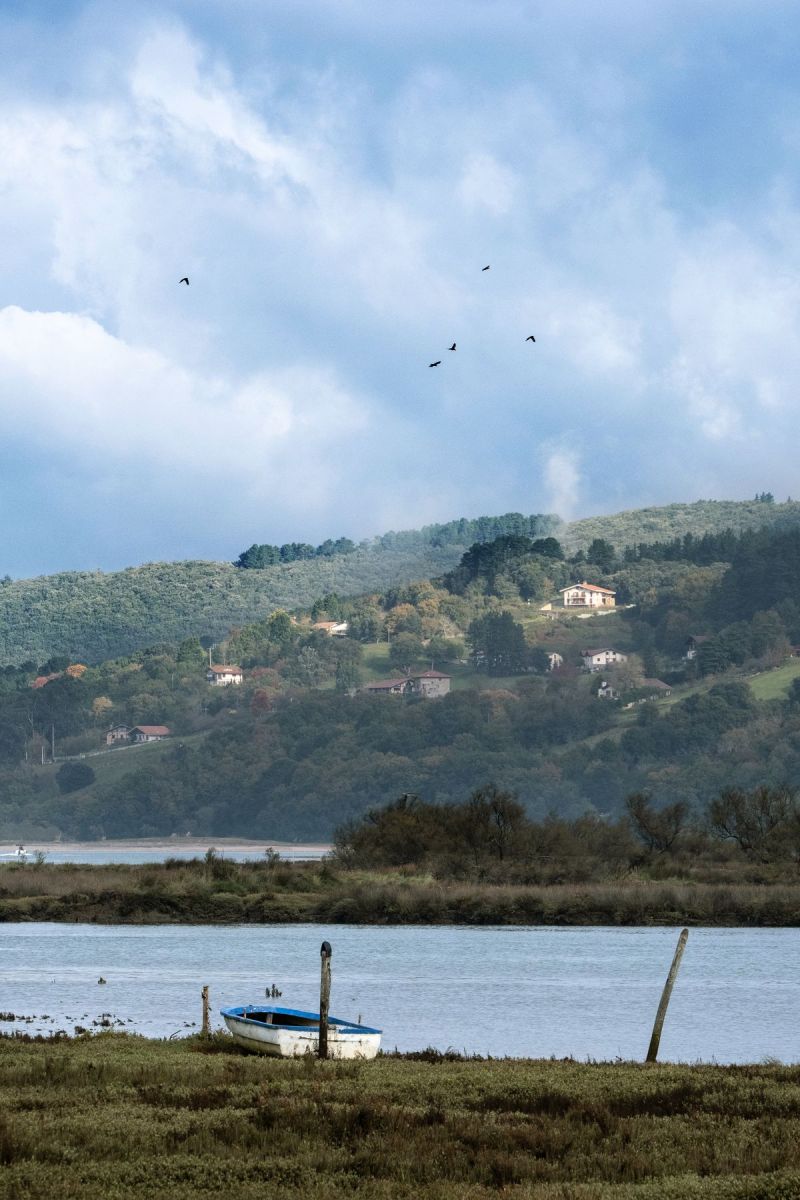
In 2021 we began to hear the first echoes of the Guggenheim Urdaibai project. The then General Manager Unai Rementeria told us that it would be done yes or yes. To reinforce his claims, he left 40 million euros “shielded” by the time the museums were built. There it is!... [+]
Two years ago Urdaibai Guggenheim Stop! Since the creation of the popular platform, Urdaibai is not for sale! We hear the chorus everywhere. On 19 October we met thousands of people in Gernika to reject this project and, in my opinion, there are three main reasons for opposing... [+]









